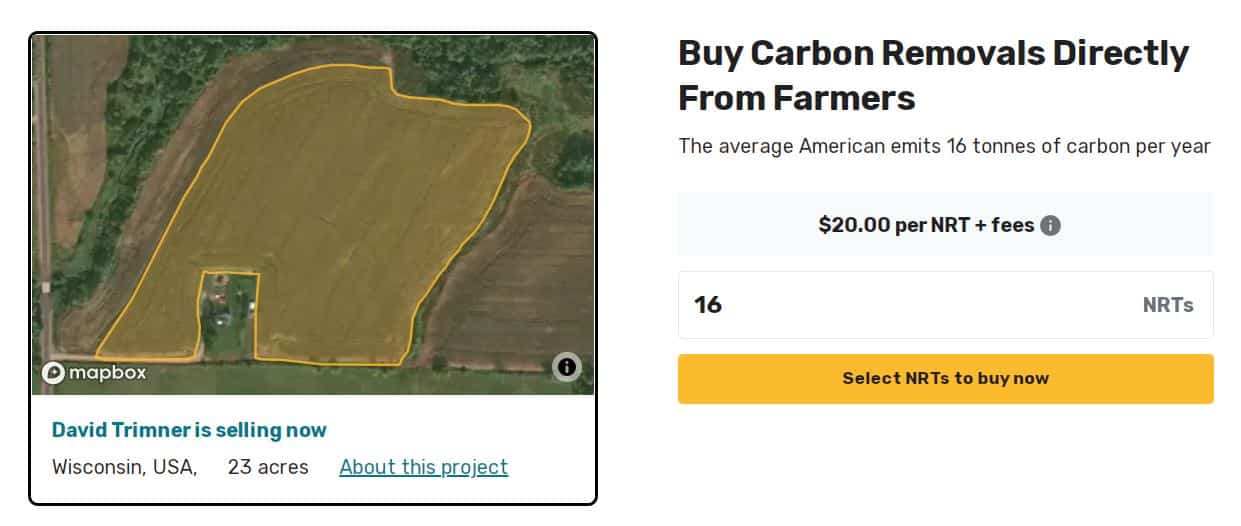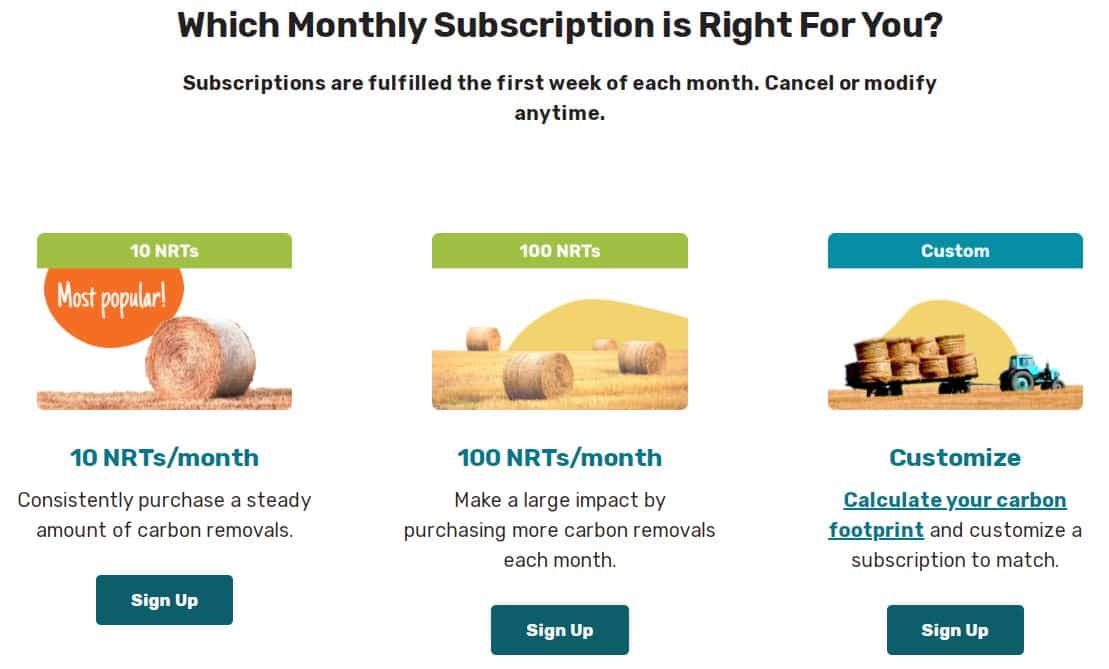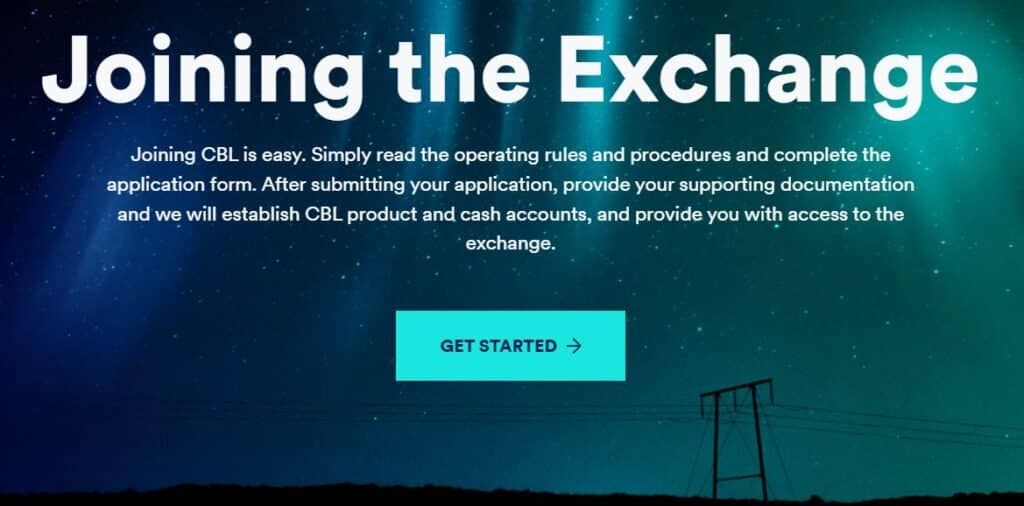How Do I Buy Carbon Credits?
The annual carbon footprint of an average American is 16 tons. It’s one of the highest globally. So, personally taking action as an individual or company to reduce emissions will make a big difference for the planet.
But only when you know how.
Your buying options largely depend on one thing – where in the lifecycle of the credit you should buy.
Broadly speaking, the earlier in the cycle, the better the price and terms will be. But the delivery risk could be greater. Plus, it may be longer to actually receive the credits.
So, how do you buy carbon credits in the best way possible?
Understanding how carbon credit works, its value, and when in its lifecycle to purchase.
What is the Value of a Carbon Credit?
Carbon credits are the currency of the global carbon market. They represent tonnes of carbon emissions.
- Simply put, one carbon credit offsets or permits one tonne of carbon emissions.
The price of a carbon credit varies widely, affected by these things:
- Supply and demand
- Market sentiment
- Project costs/variables
- Carbon quality control or standards
Here’s the current prices for carbon credits available in the market.
Under the compliance or regulated carbon market, carbon credits serve as permits to pollute. Within this market, the government has the final say as to how much carbon companies can emit. It’s then up to them to stay under their allowed levels of carbon.
If they went over their limits, they’re going to pay a fee for each tonne of carbon above the permitted amount.
Carbon credits work differently in the voluntary carbon market (VCM). That’s primarily because buying carbon credits is entirely voluntary as the name says.
Entities purchase the credits simply because they want to. Not because the government tells them to do so.
In the VCM, carbon credits are known as carbon offsets. And it’s not only companies but also individuals and other entities that can buy offsets.
So, it means that carbon offsets are handy to both you, as an individual emitter and your company.
Our focus is on the carbon credits in the VCM and how to acquire them.
Going back to your question how to buy carbon credits, let’s walk you through as a company or corporate buyer.
How Can A Company Acquire Carbon Credits?
Buying carbon credits can erase a company’s carbon footprint. But there are some things you need to do first.
Calculate the carbon emissions of your company. Remember that each credit represents one tonne of carbon dioxide or its equivalent.
- So, if your company emitted a total of 1 thousand tons of GHG in one year, you need to buy 1,000 carbon credits to offset all of them.
This carbon accounting is to make sure that your firm doesn’t emit more than it can absorb. It will also help provide financing to carbon mitigation projects.
After calculating your company’s total carbon footprint, it’s time to decide how much of it is for offsetting. Then you can determine the amount of carbon credits to buy.
But before you draw out a check for the payment, take a break. And then consider when in a credit or an offset’s lifecycle to make the purchase.
The Carbon Offset Lifecycle and When to Buy the Credits
Stage 1. Methodology development
Before any carbon reductions are certified to be carbon offset credits, they have to show that they meet the criteria. This needs a certain methodology or protocol that’s meant for a specific type of a project that generates the credits.
But project developers can also propose new protocols for the project. This is where a carbon credit buyer can financially support the development of a methodology for the new project.
Stage 2. Project development & registration
The next stage is when developers design the project and develop it with financial support from investors. The design will then be validated by an independent verifier before it gets verified and approved by a carbon offset program.
Only by then that the project can be registered and generate carbon offset credits. This is the point as to when and how a company can acquire carbon credits – by directly investing in a project in return for rights to the credits the project will deliver.
Acquiring carbon credits at this stage can be advantageous for your company as a buyer. That’s because you’ll be able to lock in a price for the credits that’s lower than market price. An option contract is an example of this.
Stage 3. Project verification and carbon credit issuance
A carbon offset project is implemented, then monitored, and verified to determine the quantity of emission reductions it generated. The length of time to verify varies but it’s usually one year.
Once the carbon program approves the reports, it then issues the corresponding number of carbon credits. That’s equal to the amount of verified CO2e carbon reductions. Carbon credits are often deposited into the developer’s account in a registry system by the carbon offset program.
Project developers may have unsold credits for which they’re seeking buyers. If your company buys directly from them, you may avoid some transaction costs. You just have to deal with any quality concerns.
Stage 4. Carbon credit transfer
After they’re issued, carbon credits can be transferred into different accounts in an offset program’s registry. Transfers are made as a result of a trade, and credits can move among multiple accounts.
As a buyer, your company can then use those credits to offset your business’ footprint and then retire them.
Stage 5. Carbon credit retirement
Holders of carbon credits must retire the offsets after they’ve used them and claim their reductions.
After retirement, the offsets cannot be transferred or used. In other words, the credits must be removed from circulation.
If you have a small company and wonder how to acquire carbon credits at this time, one way is through retailers. They can provide access to credits from a wide range of projects and maintain accounts on carbon program registries. They can also retire those offsets on your behalf.
Apparently, whether you own a large firm or just a small one that’s not part of the compliance market, you can still opt to offset your emissions by purchasing carbon credits.
But how do you get carbon credits successfully? What should you have to consider for a successful transaction? Let’s turn to these vital queries next.
How Do You Get Carbon Credits?
Generally speaking, for each metric ton of CO2 captured, reduced, or avoided, you can get one carbon credit for it.
Projects that do a good, verifiable job of sequestering CO2 can earn a large number of credits and then sell them. This offers a great way to fund those projects, or even earn a big profit.
Meanwhile, entities that emit GHGs can purchase credits to offset their emissions. Buying gives them the chance to still become carbon neutral even if they don’t operate the projects or don’t have direct access to them.
- In other words, you can still get the credits for pollution you can’t avoid.
Getting the best carbon credits you need, either as an individual or a company, requires a couple of things. Four of the most important ones are:
- The right timing: how quickly you need to get the credits and when you need them delivered
- How many carbon credits you need to acquire
- The price you can afford
- The level of engagement you can put for the transaction: can you go directly with the developers or do you prefer more hands-off buying options?
Factoring in all these variables is crucial so you don’t end up in a mess.
It’s the same when you’re thinking of hosting a party in your place. You have to decide when it will be held, how many people to invite, how much is your budget, and how much effort you can put into it.
Options to Buy Carbon Credits
Once you have slept on those criteria for a successful purchase, you can now proceed choosing from among these many ways to buy carbon credits to offset your footprint.
Buying directly from project developers
The most direct way to get the offsets is at the source. That’s from the project developer you want to support. Here are the top five developers that get the highest ranks.
This option involves three subways to get your hands on the carbon credits.
The first two may not be for you if you need the offsets sooner. But the third one may do.
1. Direct investment in an offset project.
That money is in exchange for rights to the carbon credits the project will generate. Getting involved at this 2nd stage of project development will give you a full understanding of the project’s weaknesses and strengths.
Not to mention that you can access the credits at a lower cost.
But going for this option also means you have to be willing to wait for around 3 – 5 years before the credits can be delivered. It will be a long-term purchase agreement.
2. Contract for delivery
Many offset buyers opt to contract directly with the developer for delivery of the credits as they’re issued. The contract is often called the “Emission Reduction Purchase Agreements” (or ERPAs). Option contracts are a common form of ERPAs.
Opting for this means brings you the benefit to get the offsets at a cost that’s often lower than market prices. But then again, you’ve to commit to a long-term agreement (2-3 years).
3. One-off transaction.
This purchasing option still involves the project developer who may have unsold carbon credits left on their account. Buying directly from them means you’ll get the credits immediately. It also prevents you from committing in a long-term agreement.
The catch, however, is that the available volumes might be low as the credits are somehow left-over.
Buying from a broker
Just like other commodities, there are brokers for carbon credits. Some developers work with them to deal with the sale of their credits.
Brokers can make it easier for you or your company to locate the credits you’re looking for (project, price, location, etc). They may also give you an analysis of the projects where the credits are from.
This option seems to be practical, especially if you need a lot of carbon offsets. The broker handles all the transactions involved on your behalf. And the acquisition process doesn’t involve long-term contracts.
That sounds cool, not getting you busy looking around. But that comes with a price.
- Expect to pay more for all the services the broker did for you. It also may not be a good option if you need low volume of credits only.
Here’s an example of how it looks when you transact on a broker’s website like Nori.
As an individual, you can simply enter the number of credits you want to buy on Nori’s website as shown below. The marketplace also shows on the left panel what project is currently selling offsets.
If you’re a corporate buyer looking for bigger volume, you may opt to subscribe and use various tools available to calculate your footprint. Then based on your total emissions, you can select the corresponding subscription of credits for each month.
Buying from a retailer
If you’re still bothered how do you buy carbon credits and you only need a small amount, then searching for an online retailer could help. This may also be the fastest way to get the offsets.
Retailers can give you at least basic information about the projects from which they get the carbon credits they’re selling. Most often, they hold an account on a carbon registry and retire the offsets on your behalf.
- But see to it that after you paid a retailer, you become the official user or holder of the credits.
Buying from an exchange
This last option gives you the opportunity not just to buy carbon offset credits. You can also sell them and earn profits.
There are a number of carbon exchanges or trading platforms that sell offset credits. They often work with registries to enable the trading transactions. We’ll mention the top ones in the next section of the guide.
Getting the credits from an exchange can be quick and easy, and with a lower cost than brokers. But it may also be harder to have enough information to assess the offsets’ quality.
Nonetheless, these exchanges allow you to buy and sell carbon credits. So, how do you do that?
How To Buy And Sell Carbon Credits
Buying and selling carbon credits is a fairly simple process. It’s all about buying low and selling high.
Yet like other markets, the price and value of a carbon credit may fluctuate wildly based on key factors identified earlier.
And though the process is pretty straightforward, the hardest part is knowing which company to pick. But before pondering on some names, here’s a quick 3-step guide to follow.
#1. Select an exchange to trade on. Carbon exchanges work the same way as various stock and commodity exchanges. Here are the top 4 carbon exchanges you’ll find worthy to bet your money.
-
AirCarbon Exchange (ACX): The most streamlined platform
ACX uses distributed ledger technology (DLT) while leveraging blockchain to create securitized carbon credits. It uses a digital warehouse that lets you, as investors, easily manage assets within your portfolios. This exchange has 6 different tradable carbon asset classes, which includes:
-
Carbon Trade Exchange (CTX): The most cost-effective spot exchange
Unlike other exchanges, CTX is a member-based spot exchange with various participants, ranging from individual brokers and project developers to big corporations. It allows you to trade credits certified by different standards such as Gold Standard and Verra’s Verified Carbon Standard. The credits that are tradable on CTX include:
- Voluntary Emission Reduction (VER)
- Certified Emission Reduction (CER)
- Verified Carbon Units (VCU)
- EUA (EU Allowance)
- EUAA (EU Aviation Allowance)
-
Toucan Protocol: Creator of the most liquid carbon-to-crypto market
Toucan turns Verified Carbon Units or VCUs into crypto via its own proprietary Toucan Bridge. Verification is straightforward all the way down to the offset’s source registry like Verra and Gold Standard.
Plus, “retiring” an on-chain credit on the parent registry prevents double-counting. It means this is done by “burning”, locking it away in a blockchain address that no one has access to.
-
Xpansiv CBL: The most intelligent exchange for ESG-inclusive commodities
Xpansiv CBL is the global marketplace to trade data-driven, ESG-inclusive commodities like carbon. And the platform does this in an intuitive, user-friendly environment based on deeper data. On the platform, you can trade various carbon offsets from major registries around the world.
By hosting around 90% of all voluntary carbon credit transactions worldwide, Xpansiv is the dominant player in the market. Here’s a quick glance at the Xpansiv CBL’s instructions on how to join its trading platform.
#2. Know the rules of the trading platform. Most exchanges have regulations for who can participate in the trading process. This is why smaller landowners sometimes “pool” their credits together to trade on exchanges. So, carefully read the rules first before you join the trading craze.
#3. Keep your account intact and active. After joining the exchange and starting your first trade, make sure that you understand how to keep your account active.
By keeping in mind those easy steps, you may begin earning money from trading carbon credits.
Buying Carbon Credits
Purchasing carbon credits or offsets is important. It offers a way to neutralize the emissions you or your company can’t control.
Also, knowing how to buy offset credits is simple as long as you follow this comprehensive guide on how to do it.
Best of all, you even have the option to join an exchange after learning how to buy and sell carbon credits. Carbon offsetting and earning at the same time is a win-win for you and the planet.
It may not be a no-brainer to address your question on how to buy carbon credits, still you have to do more when it comes to which specific type of credit to buy.
But don’t worry, we also got you covered through this informative guide on what’s the best carbon credit to buy. Just go over it and learn more.



